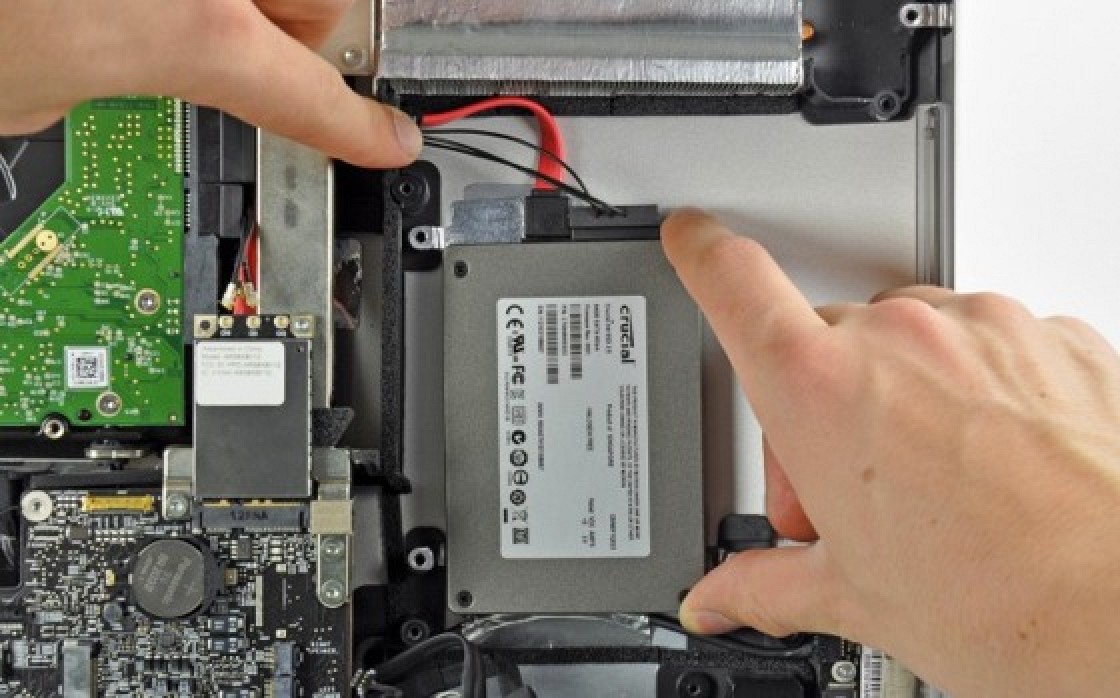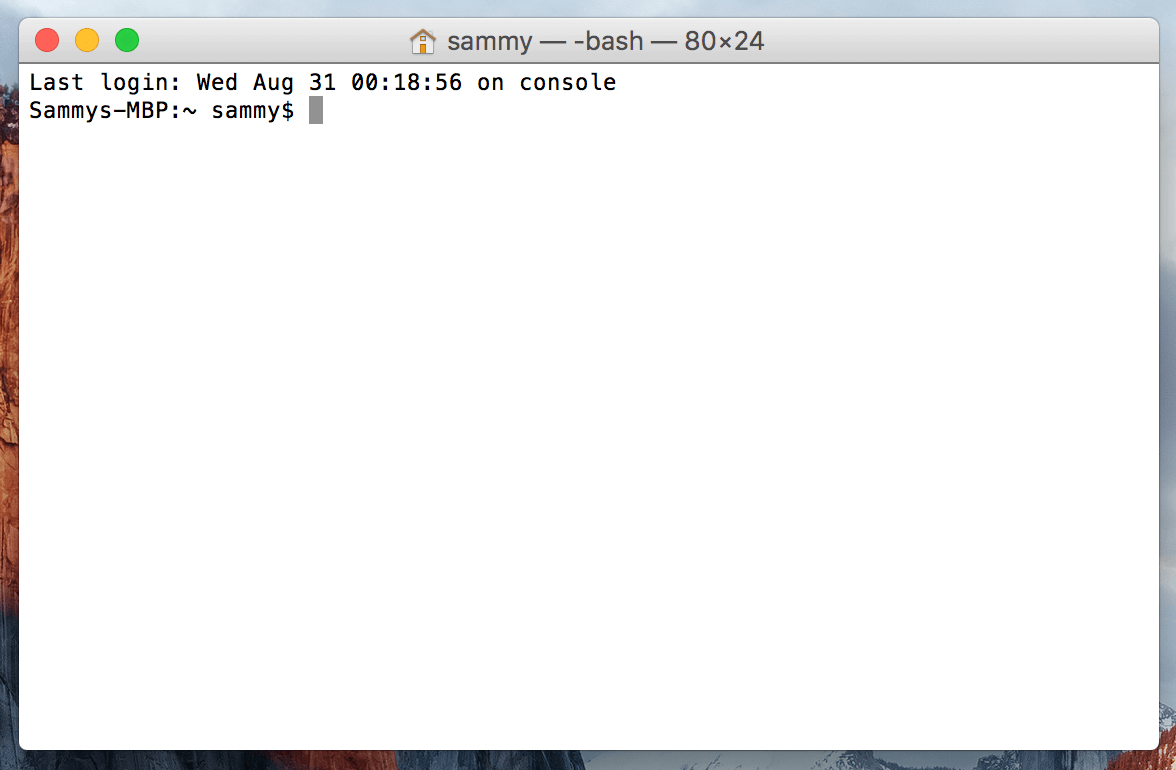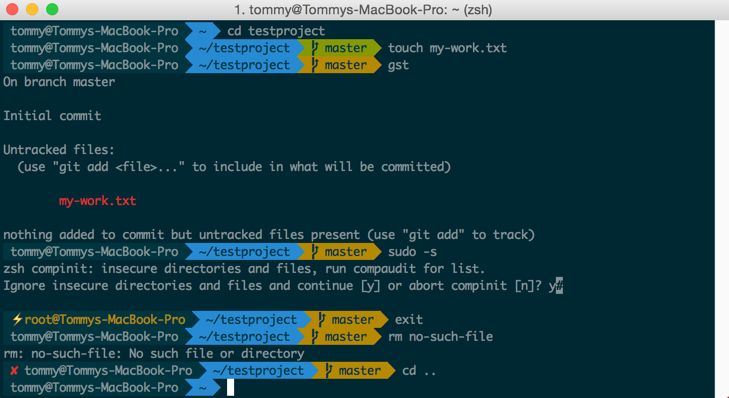
In this tutorial we will learn to install TypeScript on Mac using NPM a NodeJS package manager.
Brew Macos Catalina Additionally, SUMO provides native macOS application bundles for its graphical applications, so they can be added to the macOS dock. There is a separate brew cask that will copy these bundles to the Applications folder: brew cask install sumo-gui. Title: Microsoft Word - Install OpenBUGS and WinBUGS on Mac.docx Created Date: 9/4/2014 1:29:08 AM. To install the OpenMP runtime components/libraries. Then, when compiling: use -Xpreprocessor -fopenmp in place of -fopenmp in the compile step ( -c option) add -lomp to the linking step. Note that the above page also mention that CMake 3.12 or later will automatically find the right way of adding OpenMP on MacOS. Installing Homebrew. First, we need to install Homebrew. Homebrew allows us to install and compile software packages easily from source. Homebrew comes with a very simple install script. When it asks you to install XCode CommandLine Tools, say yes. Open Terminal and run the following command. Homebrew (brew) is a free and open-source package manager that allows installing apps and software in macOS, depending on the user’s desire. It has been recommended for its simplicity and effectiveness in saving time and effort. Its famous description is “The missing package manager for macOS”.
Step 1: Install Homebrew
Homebrew is a package manager for Mac and helps to easily install and uninstall softwares on a Mac.
To install Homebrew run the following command in the terminal.
For more detail on Homebrew check their website.
Once you have homebrew installed on your system you can use it to install many packages.
Step 2: Install Node
By installing NodeJS you will also get NPM which is Node package manager. It will help you to install other packages.
Mac Install Homebrew Catalina Download
To install Node on your Mac using Homebrew type the following command.
Once you have Node installed you can check its version by typing the following command in the terminal.
And, to check the version of NPM type the following command in the terminal.
Click here to read the tutorial on How to install NodeJS on Mac.
So, now we have Node and NPM installed on our system. Time to install TypeScript using NPM.
Step 3: Install TypeScript
We will install TypeScript globally on our Mac so that we can access it from any directory. For this we will use the following command.
You may have to use sudo if you don't have permissions.
Output
Once you have TypeScript installed use the following command to check the version.
Output
Using TypeScript to convert .TS file into .JS file
Lets say, we have a project folder example and we have an app.ts TypeScript file which we want to convert into JavaScript file.
The content of app.ts file is given below.
To convert app.ts file into app.js file we use the following command in the terminal.
Output
Uninstall TypeScript
To uninstall TypeScript globally we use the following command.
You may have to use sudo if you don't have the permissions.
Output

And that's all for this tutorial. Have fun coding.
The easiest way to install a number of Unix style applications and open source software onto macOS Big Sur, Catalina, Mojave and earlier Sierra OS versions is via a package manager, unfortunately, macOS Big Sur doesn’t come with one, but fortunately, some good folks care, they come in the form of Homebrew.
The install of Homebrew also works on macOS Catalina, macOS Mojave, (High)Sierra, El Capitan, and Yosemite, so macOS 10.10 – 10.14
Homebrew isn’t the only option, also available is MacPorts and Fink but Homebrew is the newest and most popular of the trio.

Install Homebrew
To download install Homebrew run the install script on the command line as below and let the script do its thing:
If you don’t have Apples Xcode Command Line Tools installed it will alert you to that it will install it and carry on with the Homebrew installation and download the Command Line Tools you will need to enter your admin password at some point.
How To Install Homebrew On Catalina
Then Homebrew is installed.
After this Homebrew is installed and ready to install other apps.
To get started run brew help can give some command example usage.
To check for any issues with the Homebrew install run:
One issue that typically comes up is an outdated or missing version of Xcode.
For the latest macOS, brew doctor will warn that the Homebrew install won’t be 100% if Xcode is not up to date, so update Xcode from the App Store.
To search for an application:
To install
To list all apps installed by Homebrew
To remove an installed application
To update Homebrew itself
To see what packages are out of date but not to upgrade them
To see what upgrade packages all or singular
To hold a package at a certain version
To release a package from a certain version
To see what else you can do
Where does Homebrew install stuff …. in the Cellar
Where the brew lives.
You can see your Homebrew configuration by running
The output should be similar to …
All installations via Homebrew are filed independently in the filing system in /usr/local/Cellar and linked into /usr/local/bin which is a directory which allows you to run these commands and apps as if part of the regular operating system.
This directory is also out of the SIP bounds so there should be no authentication macOS error dialog boxes.
Remove Home-brew and all packages
To remove the Home-brew installation and all packages it has installed..
HomeBrew is a great package manager just start installing some apps and explore.!